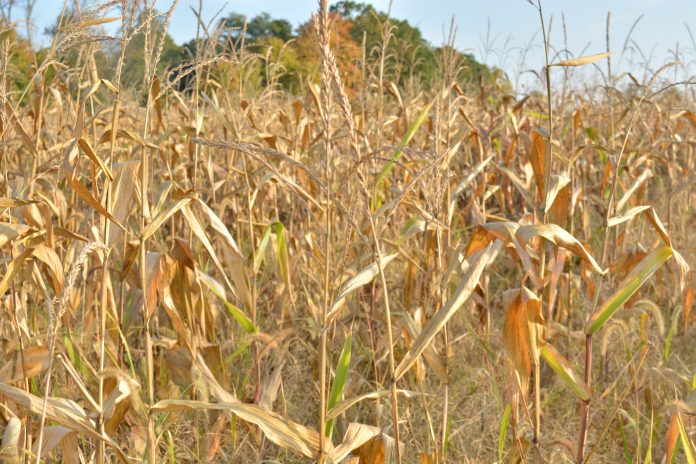Many counties in Ohio, West Virginia and Pennsylvania have been declared by the U.S. Department of Agriculture to be a primary natural disaster area due to drought, enabling them to get emergency credit from the USDA’s Farm Service Agency. Additional counties are eligible as contiguous counties.
Primary counties
Ohio: Athens, Belmont, Fairfield, Fayette, Gallia, Guernsey, Harrison, Highland, Hocking, Jackson, Jefferson, Madison, Monroe, Morgan, Muskingum, Noble, Perry, Pickaway, Pike, Ross, Vinton and Washington
West Virginia: Calhoun, Gilmer, Jackson, Kanawha, Mason, Putnam, Roane and Wirt
Pennsylvania: Fayette and Westmoreland
Contiguous counties
Ohio: Adams, Brown, Carroll, Champaign, Clark, Clinton, Columbiana, Coshocton, Franklin, Greene, Lawrence, Licking, Meigs, Scioto, Tuscarawas and Union
West Virginia: Boone, Brooke, Braxton, Cabell, Clay, Doddridge, Fayette, Hancock, Lewis, Lincoln, Marshall, Mason, Monongalia, Nicholas, Ohio, Pleasants, Preston, Raleigh, Ritchie, Tyler, Wetzel and Wood.
Pennsylvania: Allegheny, Armstrong, Butler, Cambria, Greene, Indiana, Somerset and Washington
According to the U.S. Drought Monitor, these counties suffered from a drought intensity value during the growing season of 1) D2 Drought-Severe for eight or more consecutive weeks or 2) D3 Drought-Extreme or D4 Drought-Exceptional
The secretarial natural disaster designation allows the USDA Farm Service Agency to extend much-needed emergency credit to farm operators in primary counties and those contiguous counties through FSA emergency loan assistance.
Emergency loans can be used to meet various recovery needs including the replacement of essential items such as equipment or livestock, reorganization of a farming operation or to refinance certain debts.
There also may be money available through the Livestock Forage Disaster Program, Emergency Assistance for Livestock, Honebees and Farm-Raised Fish Program or Tree Assistance Program. Impacted producers should contact their local USDA Service Center to report losses and learn more about program options available to assist in their recovery from crop, land, infrastructure and livestock losses and damages.











